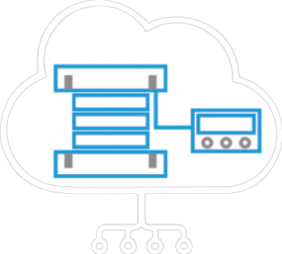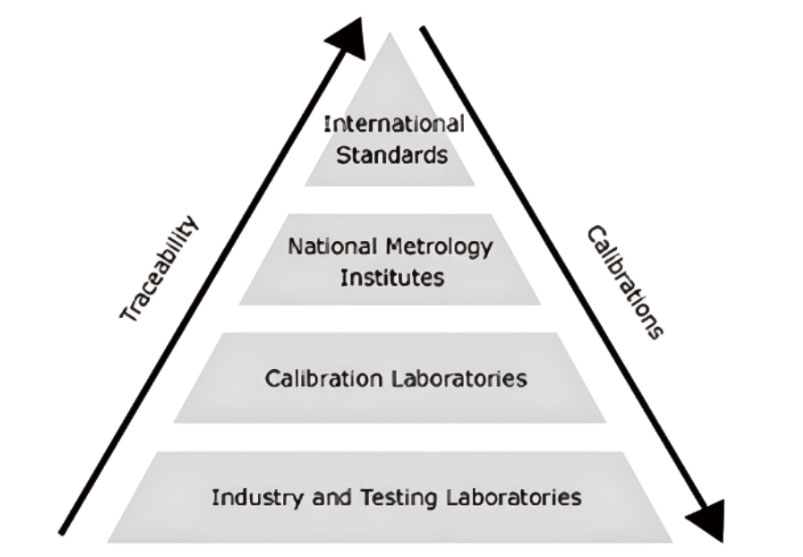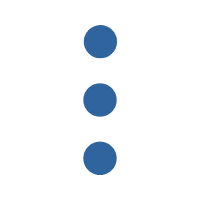
TWINSA
Engineering Challenge
Reveal Boundary Force
Load measurement on critical connectors:
global tech challenge
Load Monitoring on Critical Connectors: Failed Attempts It is only natural for structural engineers and data scientists to emphasize the need to monitor the load conditions of critical connectors. In fact, hundreds of patents and research papers have been published in an effort to address this long-standing challenge in the engineering field. While many of these methods provide accurate data for a limited period, they cannot guarantee long-term monitoring, with two to three years being the upper limit, let alone cover the entire life cycle of a structure. Below is a detailed explanation of the challenges involved.
Nature of Load Measurement and calibration: Force is a concept that describes how objects exert influence on each other. It cannot be directly measured, so we rely on indirect methods such as Hooke's law, which relates the stretching of a material to the applied force. Over time, sensors and load-bearing components may experience drift, creep, wear, or changes in boundary conditions. Therefore, calibration needs to address two critical aspects: first, the sensor must be calibrated to ensure accuracy; second, the equation that translates the sensor readings into force values must be verified and updated to maintain precision.
Calibration Challenges in Structural monitoring In structures, Critical Connectors serving as constraints cannot be put into a zero-load state nor removed to follow the standard procedure for calibration, which makes existing calibration procedures impossible. Without periodic calibration, the metrological* traceability chain is broken, and long-term monitoring data cannot be trusted.

Force / load is measured indirectly indirectly

Metrological Traceability and calibrations

The broken Metrological Chain

Strain gauge,Piezoelectric sensor and Capacitive Sensor










